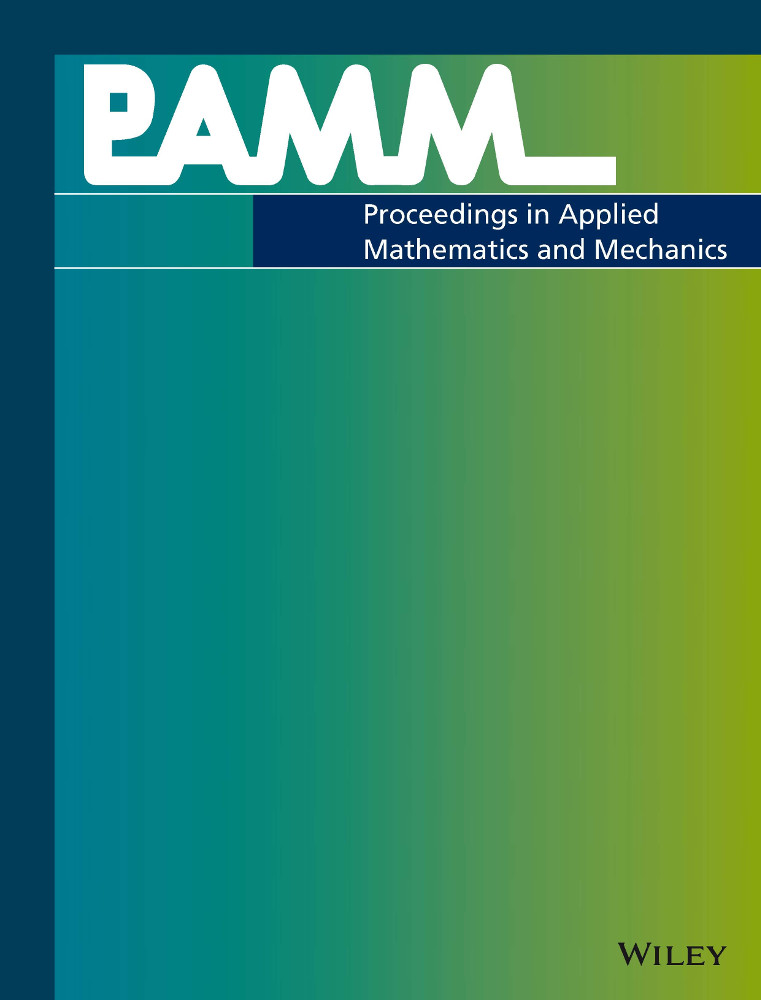Cohesive failure modeling based on the phase-field approach
Abstract
Regarding resolving the crack-induced strong discontinuity problems, e.g., crack faces separating, contact and friction, the recent established approach based on the Representative Crack Element (RCE) framework is developed to describe a robust crack kinematics or crack deformation. The work at hand presents cohesive fracture by elaborating phase-field modeling within the RCE approach. It constitutes a classical traction-separation exhibition at the crack faces of the RCE. As such, a phenomenological cohesive adhesion in the RCE can be modeled. In the sequel, the overall material status is interpolated by an intact material state (continuous description) and a fully broken state (RCE description) using the phase-field degradation function. This allows not only to model a cohesive debonding failure for tensile and shearing deformation, but also to yield an expected contact algorithm when the crack is closing. Furthermore, the unknown crack deformations are solved according to virtual power principle, which provides a consistent framework for the comprehensive constitutive laws of this model.




